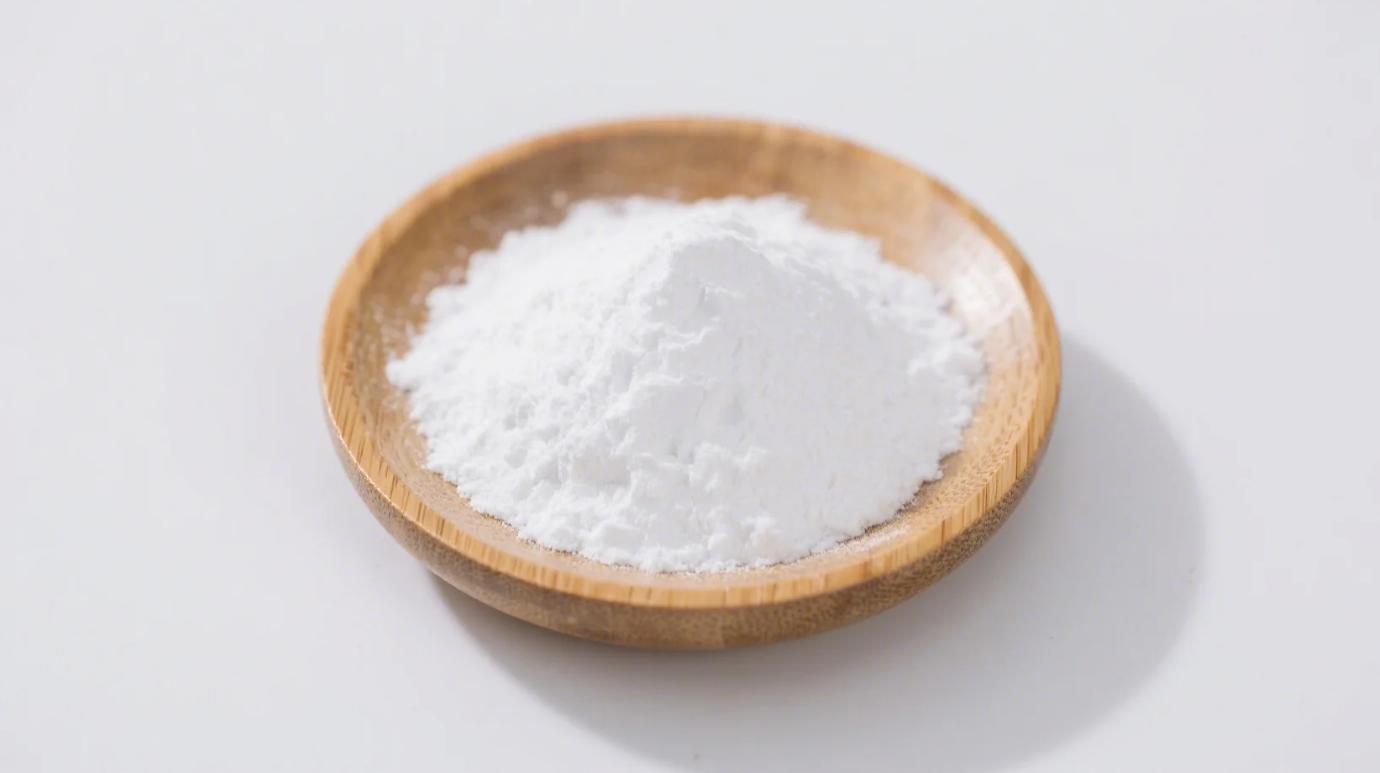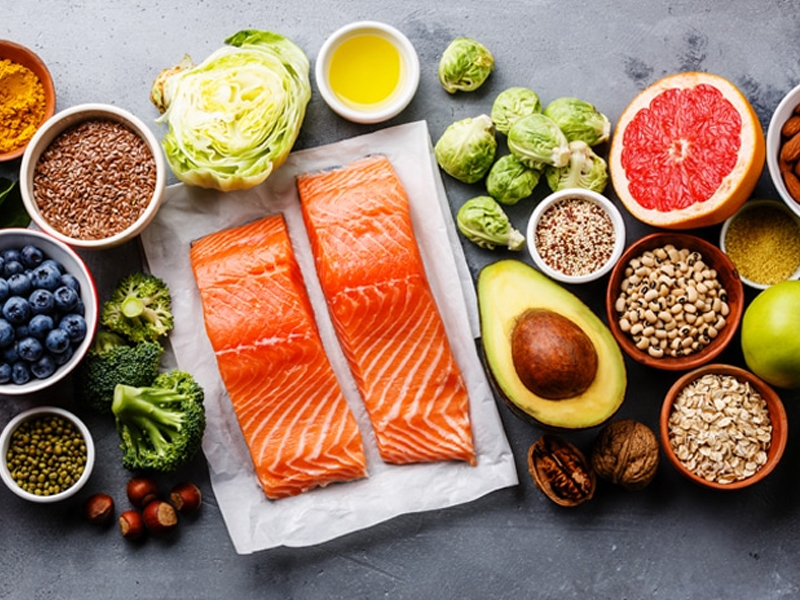You’ve probably seen both “potato starch” and “potato flour” on grocery shelves and wondered: Aren’t they the same thing? Spoiler: No, and confusing the two could turn your gluten-free cake into a gummy disaster. Let’s dig into the science, uses, and why organic potato starch powder deserves its own spotlight in your kitchen.
Potato Starch vs. Potato Flour: A Tale of Two Tubers
| Feature | Organic Potato Starch Powder | Potato Flour |
|---|---|---|
| What’s Inside | Pure starch extracted from potatoes | Whole potatoes (peel, flesh, fiber) dried and ground |
| Texture | Silky, fine powder | Grainy, heavier texture |
| Gluten-Free | Yes | Yes, but may contain fiber chunks |
| Common Uses | Thickening sauces, baking, coatings | Breads, pancakes, gluten-free doughs |
| Nutrition per 100g | 95g carbs, 0g fiber | 80g carbs, 6g fiber |
Why Organic Potato Starch Shines
- The Purity Advantage
Potato starch is not just potato flour. It’s extracted through a water-based process that isolates starch granules, leaving behind protein, fiber, and flavor. This makes it:- Neutral-tasting: Won’t overpower soups or desserts.
- Clear thickening: Creates glossy sauces (unlike flour’s cloudiness).
- Digestive ease: Resistant starch content feeds good gut bacteria.
- Culinary Superpowers
- Crispiest Fried Foods: Mix with rice flour for gluten-free fried chicken that stays crunchy for hours.
- Sauces & Gravies: Thickens at lower temps than cornstarch (no lumps!).
- Baking Magic: Replaces cornstarch in vegan cheesecakes for silkier texture.
- Organic Matters
Non-organic potatoes rank high in pesticide residues (like chlorpropham). Certified organic potato starch guarantees:
✅ No synthetic chemicals
✅ Non-GMO and glyphosate-free
✅ Sustainable farming practices
When to Use Potato Starch vs. Potato Flour
- Potato Starch Wins For:
- Thickening dairy-free sauces (it’s lactose-free).
- Creating “chewy” textures in gluten-free bread.
- Dusting pizza stones to prevent sticking (no burnt flour taste).
- Potato Flour Wins For:
- Adding potato flavor to breads or rolls.
- Binding veggie burgers without eggs.
- Moistening gluten-free cake batters.
Pro Tip: Mix potato starch and flour (3:1 ratio) for fluffy gluten-free pancakes!
The Health Edge of Organic Potato Starch
- Resistant Starch: Acts like fiber, feeding gut microbes linked to immunity (study: Gut Microbes Journal, 2023).
- Low Allergen Risk: Safe for gluten-free, nut-free, and paleo diets.
- Blood Sugar Balance: Slows glucose absorption better than cornstarch.
3 Myths Debunked
- Myth: “Potato starch is nutritionally empty.”
Truth: Its resistant starch supports gut health—potato flour can’t compete here. - Myth: “They’re interchangeable in recipes.”
Truth: Swap them, and your gravy might turn into glue (or vice versa). - Myth: “All potato starch is the same.”
Truth: Organic starch has fewer impurities and higher resistant starch levels.
How to Store & Use Organic Potato Starch
- Shelf Life: 2+ years in airtight containers (no refrigeration needed).
- Substitution Guide:
- 1 tbsp cornstarch = 1 tbsp potato starch.
- 1 tbsp flour = ½ tbsp potato starch (adjust liquid).
Potato starch and potato flour may come from the same humble spud, but their roles in your kitchen are worlds apart. Organic potato starch powder is the secret weapon for chefs and health enthusiasts alike—offering purity, performance, and a planet-friendly footprint.
Next time a recipe calls for “potato flour,” pause. Are they asking for starch’s sleek thickening or flour’s hearty texture? Choose wisely, and let the potato’s versatility elevate your cooking.
Cook smarter, not harder—with the right spud science.
Organic potato starch powder: Where simplicity meets sophistication, one sprinkle at a time.
Related Products
Organic Potato Starch Powder
White powder, excellent thickening, USDA & EU Organic, vegan, non-GMO.
Organic Cornstarch
Premium Gluten-Free Thickener & Stabilizer for Food, Pharma & Industrial Applications



